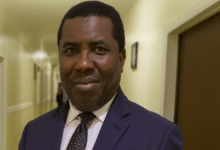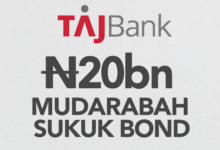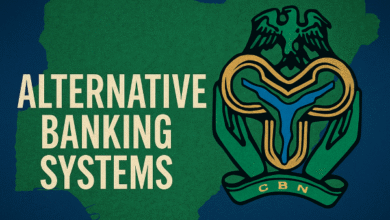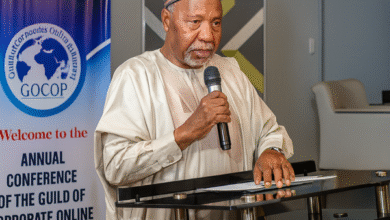FG Earmarks ₦300bn to Power Hospitals & Varsities with Renewables
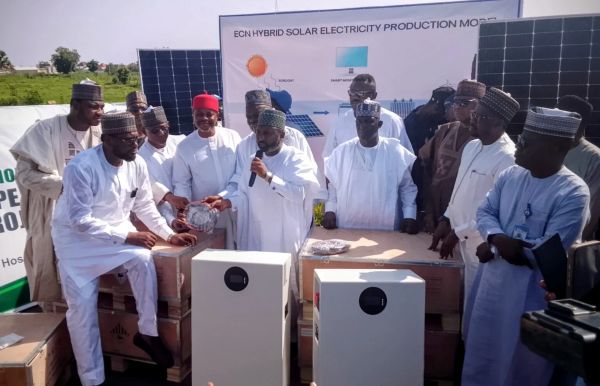
Kano/Abuja — Nigeria is moving distributed renewables from pilot to policy. The Federal Government has set aside ₦300 billion to deliver stable, solar-hybrid electricity for teaching hospitals and universities nationwide—prioritising institutions that provide essential services. At the unveiling of a solar hybrid project at Aminu Kano Teaching Hospital (AKTH), House Appropriations Chair Abubakar Bichi framed the push as a reliability, cost, and cleanliness play all at once.
Abubakar Bichi, member representing Bichi Federal Constituency and the Chairman, House Committee on Appropriation, disclosed this on Wednesday at the unveiling of a solar hybrid intervention project in the Aminu Kano Teaching Hospital, Kano.
He said the initiative was part of President Bola Tinubu’s administration’s commitment to end recurring power outages in critical sectors, especially in healthcare and tertiary education.
According to him, the allocation will fund the installation of renewable energy systems, with priority given to institutions that provide essential services to Nigerians.
“This intervention is designed to guarantee uninterrupted power for hospitals and universities so that doctors can save lives and students can study without disruption,” Bichi said. He added that the programme will lower electricity bills, boost efficiency, and mainstream clean energy across campuses and tertiary hospitals.
He explained that the renewables projects would also reduce the burden of high electricity bills on government institutions, improve efficiency, and promote the use of clean energy.
Bichi commended the Minister of Innovation, Science and Technology, Chief Uche Nnaji, for providing leadership in translating government’s vision into concrete action.
What’s Inside the ₦300bn Package
- Scope: Renewable (solar-hybrid) systems for federal teaching hospitals and universities; state facilities in large population centres may receive support.
- Delivery Architecture: Energy Commission of Nigeria coordinating with relevant MDAs to fast-track procurement and commissioning; policy stewardship credited to the Minister of Innovation, Science & Technology, Uche Nnaji.
- Prioritisation: “Institutions that provide essential services to Nigerians” go first—critical wards, theatres, labs, ICT hubs, and libraries.
Named Early Beneficiaries (Kano Cluster)
- AKTH: 6–7 MW solar-hybrid capacity envisioned.
- Bayero University Kano (BUK): 5–6 MW plan.
- State facilities (e.g., Murtala Muhammad Specialist Hospital, Nasarawa Hospital): to receive federal support given Kano’s population pressure.
Bichi disclosed that AKTH alone receives ₦26 billion in the 2025 budget for an expanded clinical complex—Accident & Emergency, Stroke Centre, Heart Surgery, Radiology, and Family Medicine—calling it “unprecedented in the history of the hospital.”
Why It Matters
1) OPEX Relief Where It Hurts Most
Teaching hospitals have reported monthly power spends up to ₦200 million on grid + diesel. Solar-hybrids can cut diesel consumption 40–70% (site-specific), stabilise budgets, and improve uptime for critical care.
2) Reliability for Learning & Research
Stable power underpins digital libraries, labs, data centres, and e-learning. Campus microgrids reduce outages that derail teaching calendars and equipment calibration.
3) Health Outcomes and Safety
Reliable electricity is linked to lower theatre cancellations, better cold-chain integrity, fewer equipment failures, and safer night-time operations.
4) Energy Transition with Local Value
Distributed solar drives local EPC jobs, O&M roles, and balance-of-system manufacturing (racking, cables, inverters assembly), while shrinking scope-1 emissions from diesel.
How We Got Here
Bichi says the line-item emerged after Chief Medical Directors flagged runaway energy costs during 2025 budget consultations:
In November 2024, the University of Maiduguri Teaching Hospital and peers warned that spiralling power bills were compromising service delivery. The National Assembly escalated the concern to the Presidency, yielding a directive to include solar-hybrid funding in the 2025 budget.
Execution Playbook (What “Good” Looks Like)
- Load Audits & Phasing: Start with critical-load circuits (ICU, theatres, diagnostics, data rooms) before campus-wide expansion.
- Right-Sized Hybrids: Solar PV + battery + smart controllers, kept grid-tied where stable and diesel as last resort.
- Bankable Procurement: Competitive EPC tenders with performance guarantees (kWh), uptime SLAs, and spare-parts provisions for 5–10 years.
- O&M and Skills: On-site O&M teams, remote monitoring, and training for estate/biomed engineers to reduce downtime.
- Measurement & Verification: Publish monthly kWh generation, diesel displaced, CO₂e avoided, and Naira saved to sustain funding and public trust.
Risks & Mitigations
- Procurement Delays: Use framework contracts and standardised specs to compress timelines.
- Under-sizing/Over-sizing: Independent engineering reviews; tie EPC payments to as-built performance.
- Battery Lifecycle & Disposal: Contractual obligations for end-of-life take-back and warranties linked to temperature-controlled battery rooms.
- Theft/Vandalism: Secure rooftops/enclosures, CCTV, and insurance clauses aligned with hospital security upgrades.
By the Numbers (Launch Window)
- Total allocation: ₦300 billion (renewables for teaching hospitals & universities).
- AKTH solar-hybrid: 6–7 MW target.
- BUK solar-hybrid: 5–6 MW target.
- AKTH 2025 capex add-ons: ₦26 billion for expanded clinical complexes.
- Diesel & grid burden today: top hospitals spending up to ₦200 million/month on power.
BRANDECONOMY Take
This is the right kind of capex—targeted, measurable, and cash-flow positive. If the delivery holds to performance-based contracts and rigorous O&M, tertiary health and education will bank real OPEX savings, stabilise mission-critical operations, and prove that distributed renewables scale best where uptime is non-negotiable.
Bottom line: Power the lifesavers, power the learners. The ₦300 billion solar-hybrid renewables push can turn hospitals and campuses into Nigeria’s most visible—and investable—clean-energy microgrids.


